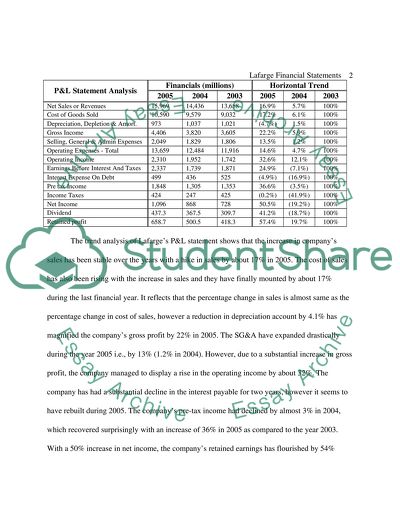Cite this document
(The Financial Position and Performance of the Lafarge Company Case Study, n.d.)
The Financial Position and Performance of the Lafarge Company Case Study. Retrieved from https://studentshare.org/finance-accounting/1528362-lafarge-financial-statements
The Financial Position and Performance of the Lafarge Company Case Study. Retrieved from https://studentshare.org/finance-accounting/1528362-lafarge-financial-statements
(The Financial Position and Performance of the Lafarge Company Case Study)
The Financial Position and Performance of the Lafarge Company Case Study. https://studentshare.org/finance-accounting/1528362-lafarge-financial-statements.
The Financial Position and Performance of the Lafarge Company Case Study. https://studentshare.org/finance-accounting/1528362-lafarge-financial-statements.
“The Financial Position and Performance of the Lafarge Company Case Study”, n.d. https://studentshare.org/finance-accounting/1528362-lafarge-financial-statements.


